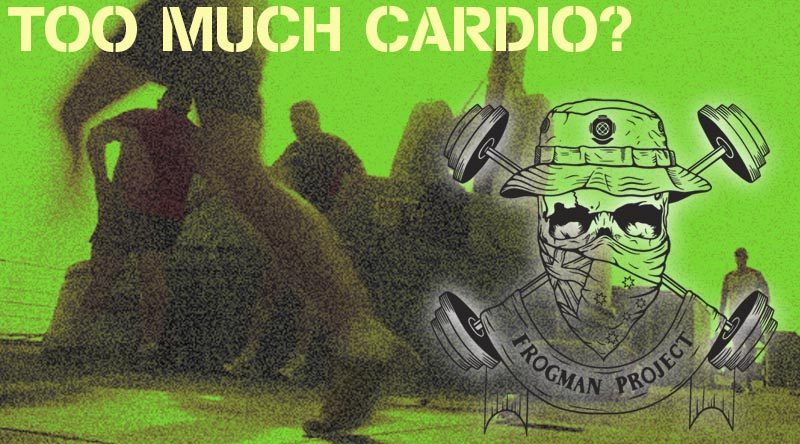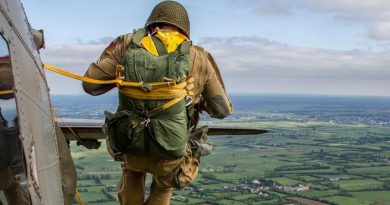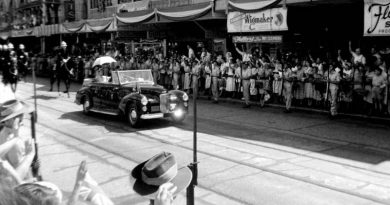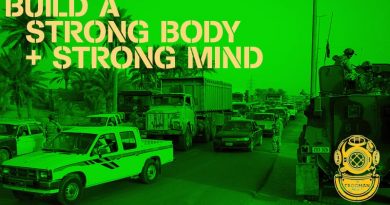How I stopped worrying about cardio

In this article Jason, a Marine, exercise scientist and owner of Tactical Athlete Radio highlights that we have become too specialised in our training. Our jobs require a skill set that is versatile, not specialised. He breaks down the R7 method of training and how this approach can create balance for the combat athlete in and out of the gym.
If you have listened to my podcast, (if you’re reading this you should definitely be listening to Tactical Athlete Radio available on iTunes and Stitcher<——-shameless plug) you’ve heard me say that tactical athletes need to take a generalist approach to their preparation. While they most certainly will have areas of strengths and weaknesses, the goal should be to bring the weaknesses to at least an average level.
This is often problematic because physical adaptations are competing against one another. Speed and power is negatively affected by endurance training and vice versa. It’s further complicated by our own desires.
Do you train an area of strength or do work on weaknesses? Personally, I dislike aerobic training. I would prefer to do some box jumps, trap bar deadlifts, run a 400, and call it a session than slog away putting miles behind me running.
As a result, my endurance is not where it should be.
On the flip side, tactical athletes who run marathons probably can’t squat body weight.
BOTH OF US ARE WRONG
We have become too specialised in our training. Our jobs require a skill set that is versatile, not specialised. Take a look at the example below:
TA 1
- Bench presses body weight x 5
- Runs 100 meters in 13 seconds
- Throws an 8-pound medicine ball 15 meters
- Average obstacle course time
- 7:30 1600 meters
TA 2
- Bench Presses body weight x 1
- Runs 100 meters in 16 seconds
- Throws an 8-pound medicine ball 10 meters
- Below average obstacle course time
- 4:40 1600 meters
TA 1 is rather average in all events while TA 2 is below average in most events except for the 1600-meter run. TA 2’s 1600 meters is amazing.
Broken down graphically it looks like this:
TA 1

TA 2

Which one is likely able to meet the demands of the tactical environment?
Obviously, TA 1.
Which one is celebrated in the community?
Probably TA 2 and that is an article for another time.
So how do we get to TA 1?
R7
Before I start, let me say there are many ways to get where you need to be. This is just one way that I have used and has provided good results with a number of Marines I have worked with. It is a general approach that trains many skills a tactical athlete may call upon.
What is R7?
Simply put, it’s a way to organize individual training sessions. Mike Robertson of Indianapolis Fitness and Sports Training developed the overall model and I’ve stolen it and taken liberties with it. A brief explanation:
Release – Every training session begins with a foam roller, lacrosse ball, stick, etc. to address any overactive and tight muscle groups that will be used in the training session. I typically used an upper/lower training split so I would address the full upper body and the full lower body.
Reset – Would you load a movement pattern that is displaying dysfunction? Probably not. Suppose your training session called for a squat variation. During the reset portion you would make sure that movement pattern was firing correctly. A few air squats to ensure knees are tracking over toes and that your glutes and hips are unrestricted.
Readiness – This would be the dynamic warm-up portion of the training. I tend to take a very general (seeing a pattern here?) approach to the warmup. Something that raises core temperature and gets the athlete feeling good about training.
Reactive – This is the power movement of the training session. 100% effort with as close to full recovery as possible. Jumps, sprints, medicine ball throws. Anything that requires a single maximum effort with great speed of movement.
Resistance – This is the bulk of the session. This is the typical strength training we see at the gym. The good thing about the R7 model is that it allows for great flexibility within it. Any strength training protocol will work. In 2009, I would have used Joe Kenn’s Tier System. In 2010, 5/3/1. In 2013, Triphasic. In 2015, Westside Barbell. And guess what? All would be correct.
Regenerate – This portion of the session is conditioning. Rowing, METCON, running. Pick your poison. But remember not to overdo it. Again, general levels of preparation – 10-20 minutes of your preferred mode should do the trick.
Recover – This will be the portion you will probably blow off. And it is to your detriment. There are several ways to look at recovery. You can revisit the release portion. Static stretching is an option as well. If you’re crushed for time, lie on your back and do six 10-second diaphragmatic breaths. This will take you from sympathetic to parasympathetic and jumpstart the recovery process, which in the tactical athlete community you never be recovered enough.
Conclusion
This is A method not THE method. Additionally, R7 is not without its limitations. You probably won’t become a world-champion powerlifter or marathon runner. What you will do is train multiple abilities within a single training session and not crush yourself in the process. And for the tactical athlete, that is exactly what you need.
Jason, Tactical Athlete Radio
.
.
.
.
FILE PHOTO: Cardio training aboard HMAS Melbourne, Arabian Sea, 2012. Photo by Brian Hartigan.
.
.
.
.
.

.
.






